
How AI-Powered Background Checks Supercharged Our Hiring Process
Sponsored by Checkr. My talent team uses AI and automations every day, in almost every workflow. Yes, we’re a tech company (so AI is basically

Sponsored by Checkr. My talent team uses AI and automations every day, in almost every workflow. Yes, we’re a tech company (so AI is basically
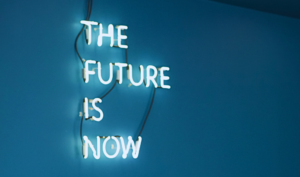
A CEO’s perspective on building high-performing, future-ready organizations. Sponsored by Betterworks. At our recent event, EmpowerHR 2025, I had the privilege of being surrounded by
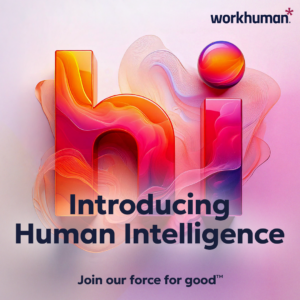
Sponsored by Workhuman. In today’s rapidly evolving workplace, upskilling isn’t just an advantage — it’s a necessity. Employees who learn new skills are more engaged,
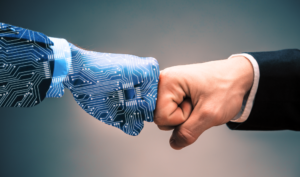
Employee recognition is a must for any organization. But if you’re looking for a one-and-done kind of formula, you’ll probably want to think again. That’s

These days, artificial intelligence is everywhere we turn. But it’s no longer just a cool buzzword. It’s real. For proof, look at recent posts on

As artificial intelligence continues to spread across the business landscape, it is transforming work in countless ways. For example, thanks to AI, we’re entering a

Workplace evolution is natural. In its time, the digital workplace of the late 20th century was revolutionary. But that era has come and gone. And
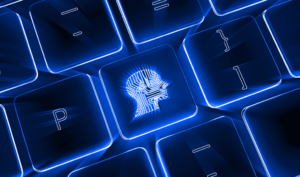
Among the many trends that are rapidly redefining work, perhaps the most consequential for HR is the arrival of artificial intelligence (AI). But this points

The challenges talent leaders face these days with recruitment marketing remind me of my past life as a swimmer. Despite the early mornings, hard workouts,

In an era defined by rapidly evolving technologies and industries, young people face a daunting task. How can they find the best job opportunities in
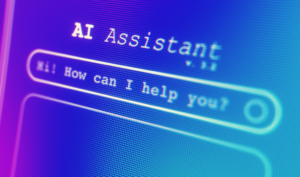
The push/pull challenge of change management is never easy to embrace. After all, resisting disruption is human nature. But the process of unlearning and relearning
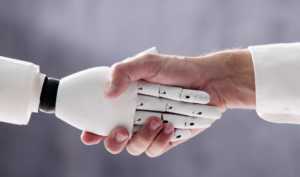
Artificial intelligence. Some leaders love it. Some have accepted it. Others still have serious questions about it. But whatever your opinion may be, there is
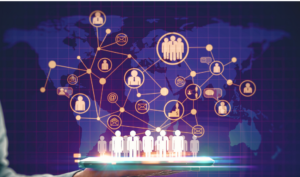
As artificial intelligence becomes more deeply embedded in everyday workflows, it is rapidly transforming the way businesses operate. For example, the recent rise of generative

In recent years, we’ve seen an explosion in new and improved digital tools for HR and work activities. But with the landscape changing so rapidly,
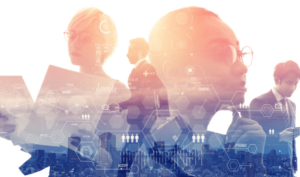
People often ask me which HR trends should be on their radar. It’s a fair question, because I organize two of the HR profession’s most

What is ChatGPT? It’s no secret — recruiting professionals are still struggling to find strong candidates for job openings. Competition for top talent remains fierce,

After years of upheaval that have redefined society, business and work, we’ve entered a period some call the “Great Reflection.” During this era of mindfulness,

The HR department can be thought of as the company’s core. It is where the primary resources of your company—your employees—are selected, managed, and retained.

Anyone can launch a DEI initiative. The big challenge is to succeed. What’s the biggest roadblock? Human unconscious biases. Psychologists have shown over and over
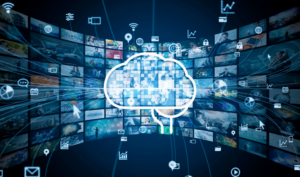
What is the shelf life of your professional skills? According to research, not very long. In fact, one in three skills from an average 2017

Talent acquisition is one of the most critical yet challenging undertakings for any business. Companies in many sectors face a shortage of workers today; they

For all the attention large enterprise organizations get, small businesses have a tremendous impact. According to U.S. census data, companies with fewer than 500 employees

What is talent intelligence? And how can it help drive the right candidates into your company’s talent funnel? An applicant tracking system provides the foundation

Artificial intelligence has been infiltrating the business world for the past several years and has also played a major role in HR automation. Today, companies

Now more than ever, employers feel a mandate to take good care of their people. And that responsibility is bigger than how best to empower